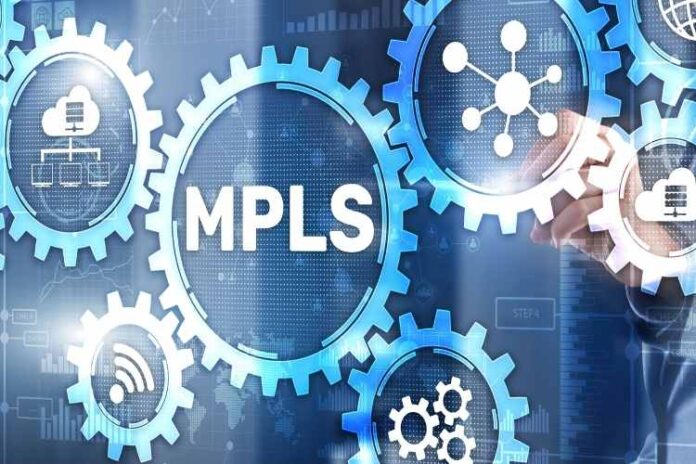Diligent point-to-point connections or leased lines connect to each peer site in a router-based network. Although it offers a secure and dependable connection, large bandwidth, and exceptional quality of service, this solution is costly, not scalable, and needs a long and complex setup. Another option for simulating point-to-point links is to use Multi-Protocol Label Switching (MPLS) services, which provide the same or better service quality offered by CCNP including 9tut ccnp.
What exactly is MPLS?
For private WAN lines, service providers often provide Multiprotocol Label Switching (MPLS). Because they control these links, service providers like CCNP may be able to offer MPLS with IP SLAs that guarantee uptime, capacity, and latency.
MPLS was created in the 1990s to minimize the number of IP routing lookups. Hardware wasn’t as robust back then as it is now.
In hardware, exact lookups are significantly easier to implement. Instead of the compute-intensive longest prefix IP routing lookups, MPLS “switches” based on labels with lookups that employ precise matching. Each prefix in the routing table is assigned a label – routers exchange identities with one another, forming a label-switched path (LSP). Routers now “switch” packets based on flags – rather than looking them up in the routing table.
The courses at Networking Step By Step are fantastic!
They teach you all you need to know as fast as possible so you can go on to land your ideal job interview! Each course has around 20-30 lessons, lasting approximately 5 minutes! Regardless of the program, everyone who rated us gave us 5 STARS! The courses range in price from $20 to $40, with some even free! OSPF, BGP, MPLS, CCNA ICND1, CCNA ICND2, OSPF IPv6, BGP IPv6, CCNA IPv6, FHRP, and CCNA Voice are among the topics covered. You can check here MPLS configuration step by step.
What are the benefits of using MPLS?
Label switching is more efficient than IP routing table lookups, which is why MPLS gets established. Because we now have brittle hardware with ASICs as it is no longer a concern.
Advantages
MPLS’ key benefits are scalability, high performance, reliability, and support for QoS by establishing LSPs that fulfill specified IP SLA agreements. For instance, the service provider may provide three service levels for various types of traffic. One is for VoIP, while the other is for latency-sensitive traffic and best-effort traffic. Many different companies’ routers support MPLS.
Tables for MPLS
Multiprotocol Label Switching has four different types of tables. The CEF (Cisco Express Forwarding) mechanism and the Label Distribution Protocols get used to creating these tables. So, what exactly are the tables in MPLS?
Tables for Multi-Protocol Label Switching may get found below:
- The RIB (Routing Information Base) is the router’s traditional routing table. The authentic routing information about the destination network gets contained in this table.
- CEF creates FIB (Forwarding Information Base) from RIB to speed up the route forwarding process.
- The LIB (Label Information Base) is a table created by the label distribution protocol that contains all of the labels that an LSR is aware. It comprises information on the flag, the LSR, and the network.
- LFIB (Label Forwarding Information Base) is a labeled packet routing database. It controls how the incoming label gets sent to the next hope.


